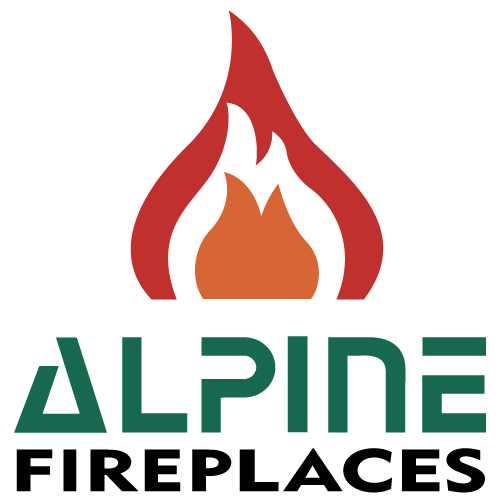7 Steps to Prepare Your Gas Fireplace for Winter
As winter approaches, you may find yourself longing for the cozy crackling of a fire to light up your living area. However, because most fireplaces are used infrequently during the warmer months, your gas fireplace may not be ready for a blaze right away.
Use the following seven steps to prepare your gas fireplace for colder weather.
- Look Over Your Owner’s Manual
Before you start using your gas fireplace regularly again, re-read your owner’s manual. Every fireplace model requires different types of cleaning and maintenance to stay functional and safe.
This blog offers only a general overview of preparing a gas fireplace for winter. If your owner’s manual includes different guidelines than the one found here, use the steps in your manual to ensure that you handle your unit appropriately. If you are not sure how best to prepare your fireplace, contact the manufacturer or the contractor who installed the unit for specific recommendations based on the type, size, and model of your fireplace.
- Assess the Outdoor Vent
During the off-season, your fireplace vent can become clogged with debris. If you light a fire without first removing this blockage, the obstruction could pose a fire hazard or cause unsafe carbon monoxide levels in your home.
Check your vent and clear away any cobwebs, leaves, or other buildup. If you notice live pests in the vent, have the infestation assessed by a pest control professional. Some infestations, particularly rodent and bird species, can cause issues with the way a fireplace functions if left unaddressed.
- Check Your Glass Covering
The glass on your wood fireplace does more than just look beautiful; the enclosure also helps regulate carbon monoxide while the fireplace is on. Check the glass for any cracks or chips that could weaken it or let harmful gases into your home.
Additionally, tighten any hinges to ensure that the glass closes securely and operates properly.
- Clean the Log and Rocks
The ceramic log, rocks, or beads in your fireplace can become dusty while not in use. Generally, this dust does not pose a hazard, but it may cause an unpleasant burning smell when you start a fire.
Dust the inside of your fireplace before you use it for the first time. You may also need to remove excess dust with a handheld vacuum.
If you have glass rocks or beads that need a deep cleaning, remove them from the fireplace and wash them at your sink. Dry all components thoroughly before returning them to their place in the fireplace.
- Dust the Blower
The electric blower in your fireplace helps circulate warm air through your home when the fireplace is in use. Like the other components of your gas fireplace, this blower may become dusty or clogged during the summer and need cleaning before the winter starts.
To avoid blowing months’ worth of dust into your home, locate and unplug the blower. Clear away any dust with a stiff bristled brush. If any dust falls into the mechanism as you brush, vacuum it up after you finish cleaning the blower. Don’t forget to plug the blower back in when you’re done.
- Evaluate Your Pilot Light
Inspect your pilot light visually, looking for any loose or exposed wires. These wiring issues can occur due to rodent infestations, deterioration over time, or even certain types of storm damage. If you notice any wiring or structural issues, have a professional assess the problem before turning on the pilot light.
If the pilot light looks to be in order, test it. Check that the pilot light responds to controls as it should.
- Schedule a Professional Inspection
Gas fireplaces require a professional inspection at least once a year. During the inspection, a contractor will assess the condition of individual components as well as the function of the unit as a whole.
This inspection can help identify serious problems, such as gas leaks or broken sensors, before they pose a threat to your health or safety. Additionally, routine inspections allow you to make informed decisions about your gas fireplace in the long run, including preparing for any repairs in advance and knowing when you may need to consider replacing the unit.
If you noticed anything unusual while completing the steps prior to this one, address your concerns with the gas or fireplace contractor while he’s in your home. This step can circumvent the need for future repairs by handling any problems during your initial inspection appointment.
Complete all these steps before you light a fire for the first time this winter to ensure that the fire crackles merrily and brightly despite any storms raging outside.
Has your gas fireplace seen better winter days? Consider upgrading to a newer gas fireplace model to provide your home with safer, more efficient, and more luxurious heat.


